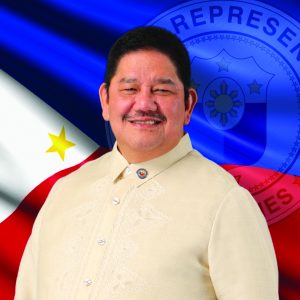
Marcelino “Nonoy” Libanan
Only seven of 116 state universities and colleges (SUCs) have a college of medicine.
House of Representatives Minority Leader Marcelino “Nonoy” Libanan wants the country’s SUCs to launch their own medical schools so that they can produce more doctors that are badly needed to build up the public healthcare system.
“Congress must enable highly advanced SUCs, particularly those in the provinces, to put up their own medical schools where tuition fees are at least partly paid for by the state,” Libanan said in a statement on Sunday.
“Very few Filipino families can afford to send their children to private medical schools that are very expensive. This is one of the reasons why we are not producing enough doctors,” Libanan pointed out.
“We must improve access to state-subsidized medical schooling if we want to produce a greater number of Doctor of Medicine graduates in the years ahead,” Libanan added.
Libanan made the statement as he batted for the immediate passage of his bill seeking to establish the Eastern Samar State University (ESSU) College of Medicine.
As proposed by Libanan in House Bill No. 9872, the new college of medicine would be formed in the Borongan City campus of the ESSU, the second-largest SUC in Eastern Visayas by student population.
Libanan previously served as representative of Eastern Samar’s lone congressional district for nine years. He is now 4Ps party-list representative.
Though a lawyer by profession, Libanan also holds a degree in medical technology.
“There are many SUCs that are highly capable of creating and running their own medical schools, but would they need the support of Congress by way of amendments to their charters and new appropriations,” Libanan said.
At present, only seven of the country’s 116 SUCs have a college of medicine.
The SUCs currently offering the Doctor of Medicine program are: Mariano Marcos State University, University of Northern Philippines, Cagayan State University, Bicol University, West Visayas State University, University of the Philippines, and Mindanao State University.
Based on Department of Health data, the country’s doctor-to-population ratio is only around 3.6 doctors for every 10,000 people.
The World Health Organization (WHO) has pegged the ideal ratio at 10 doctors for every 10,000 population, or one doctor for every 1,000 people. (PR)



